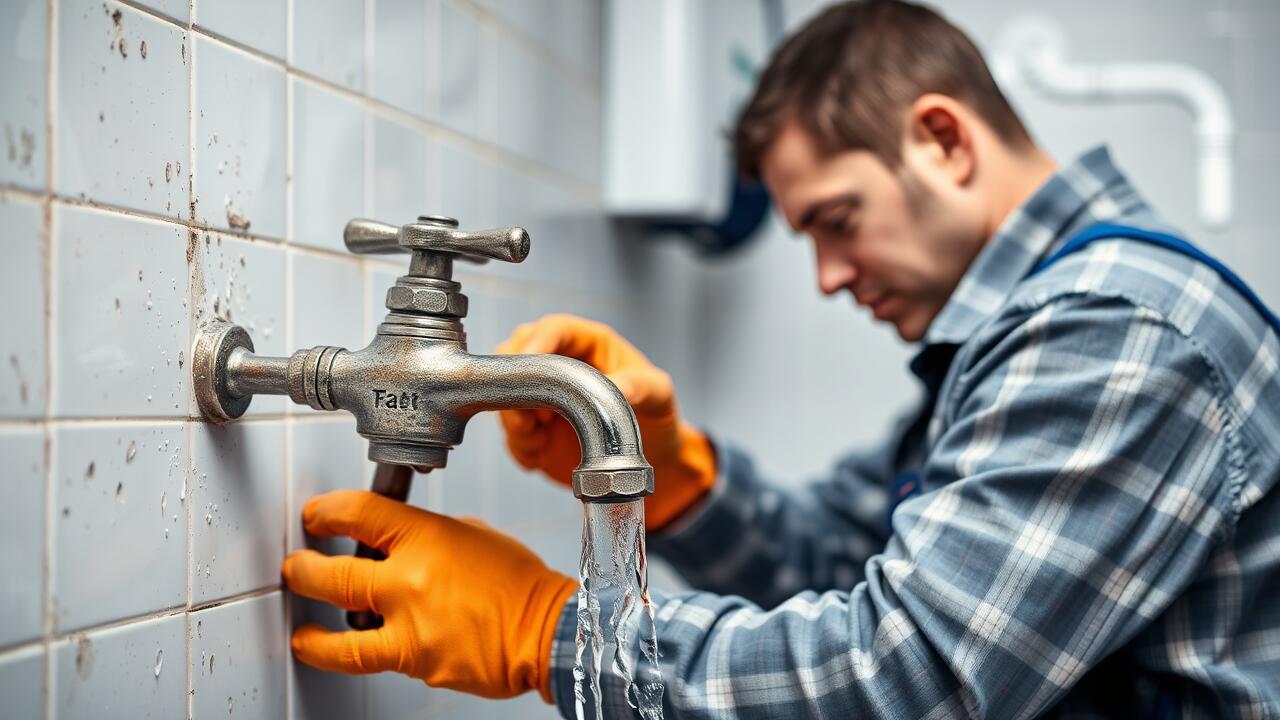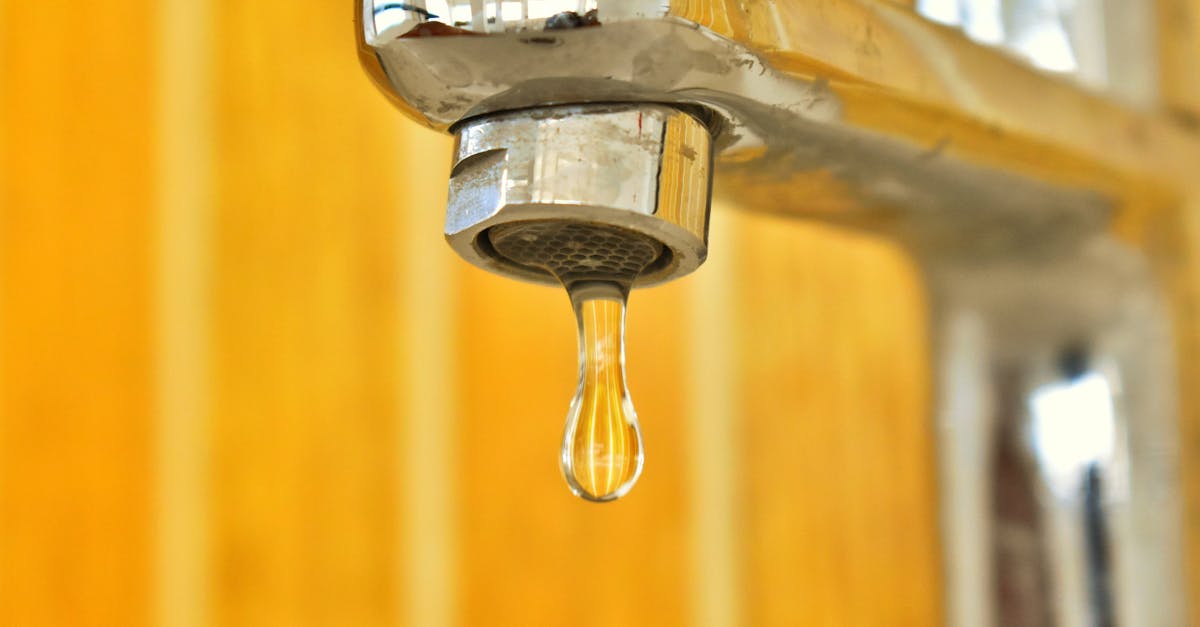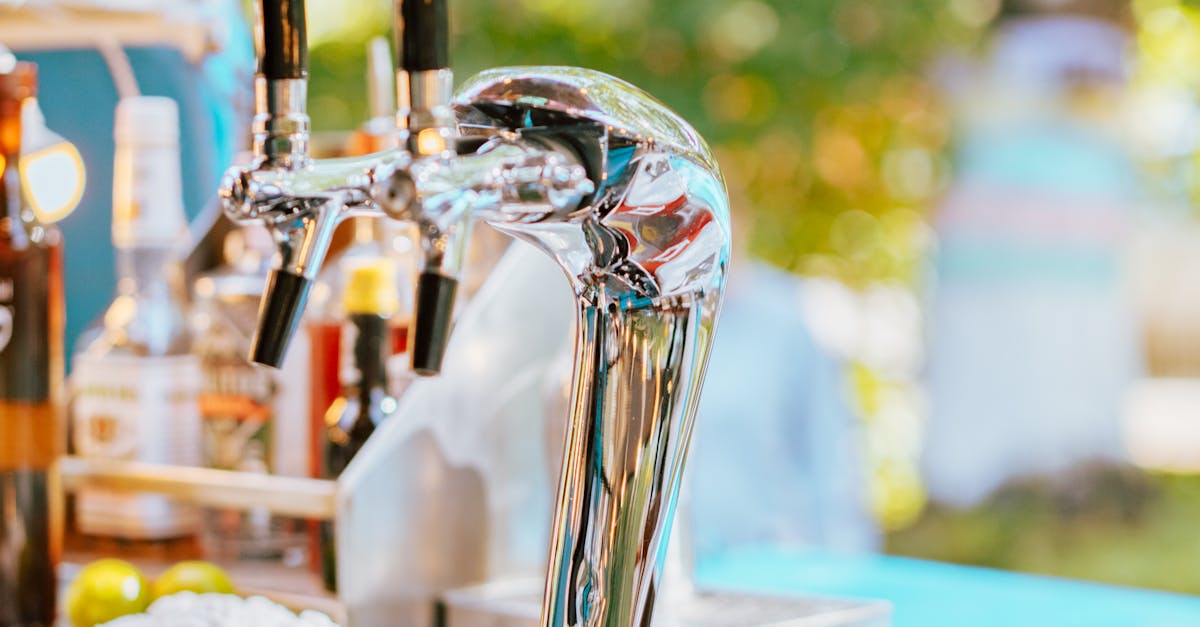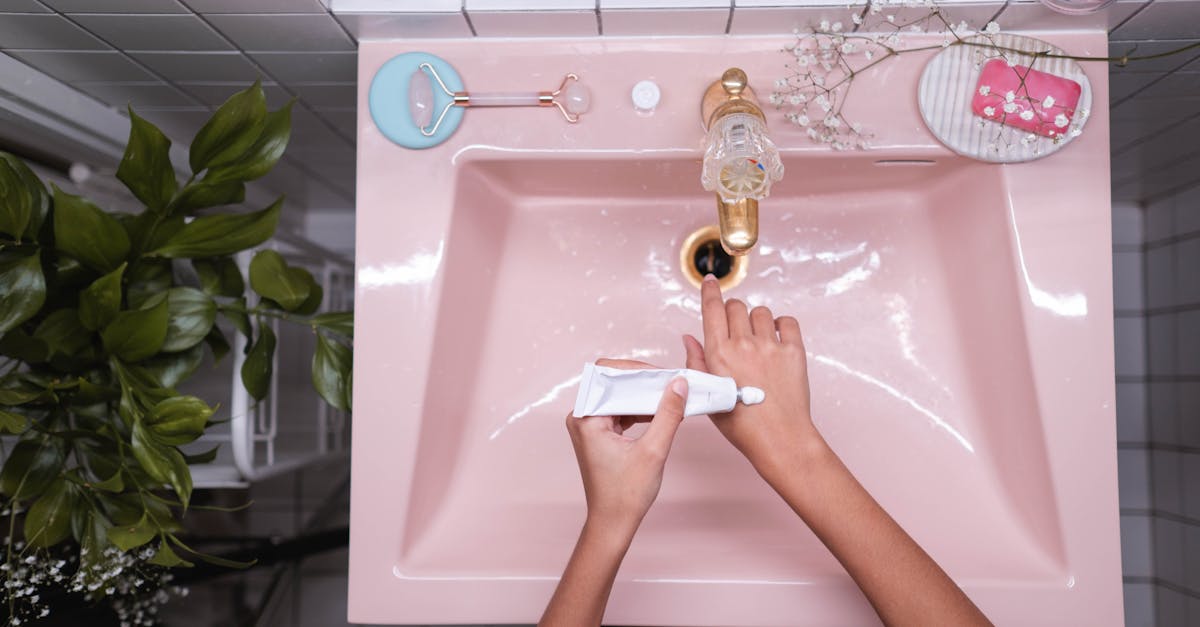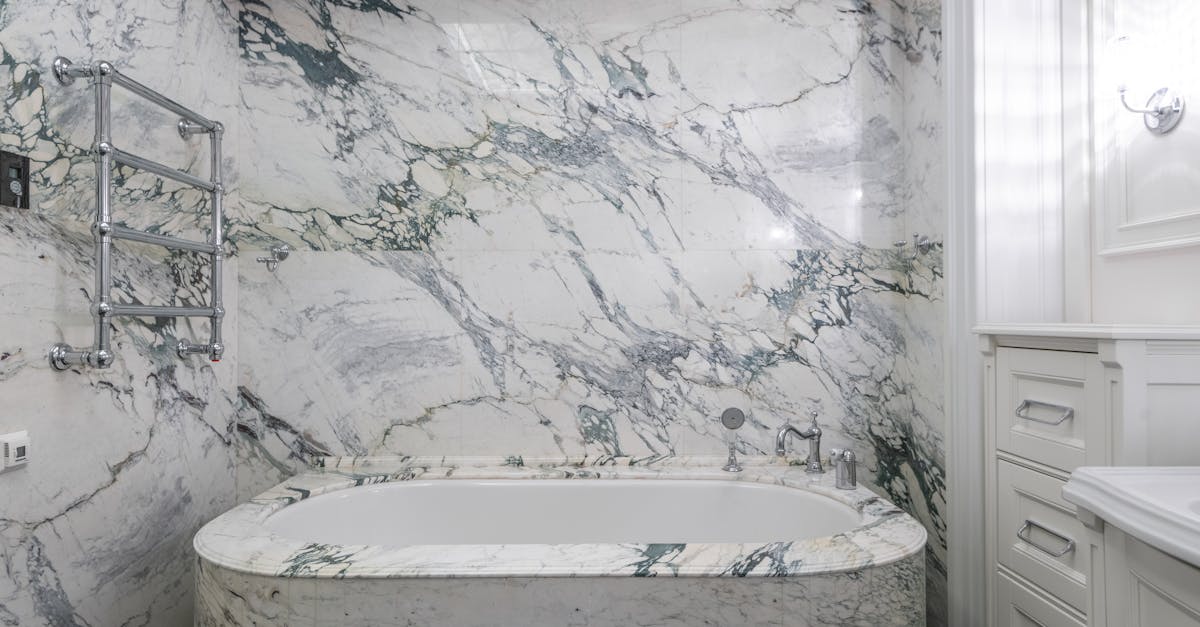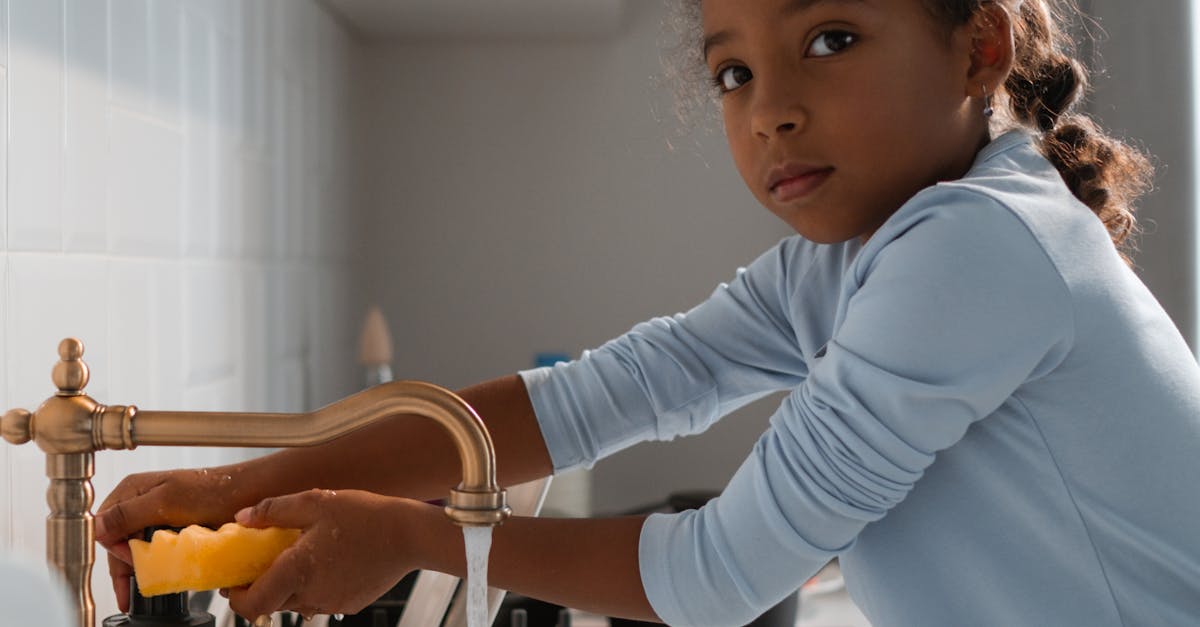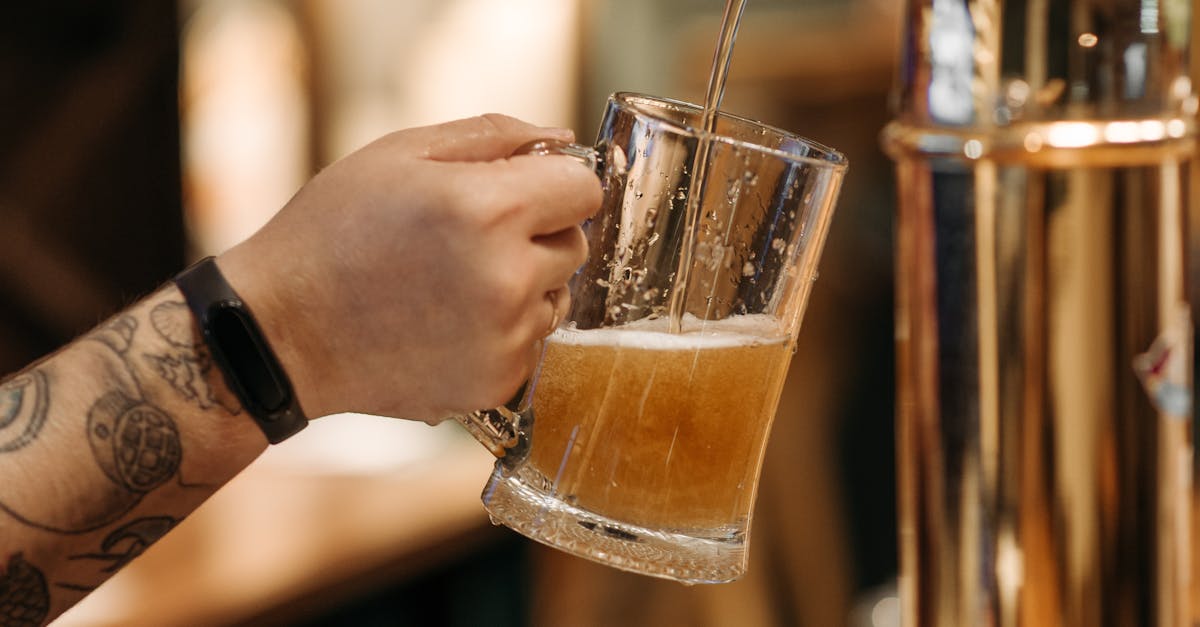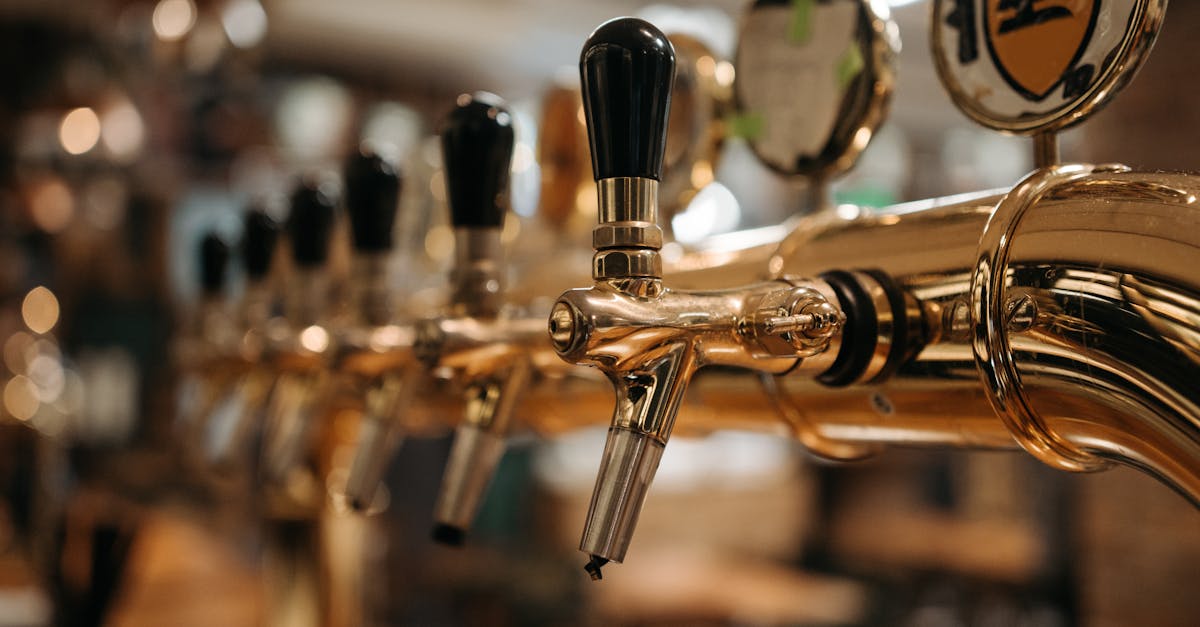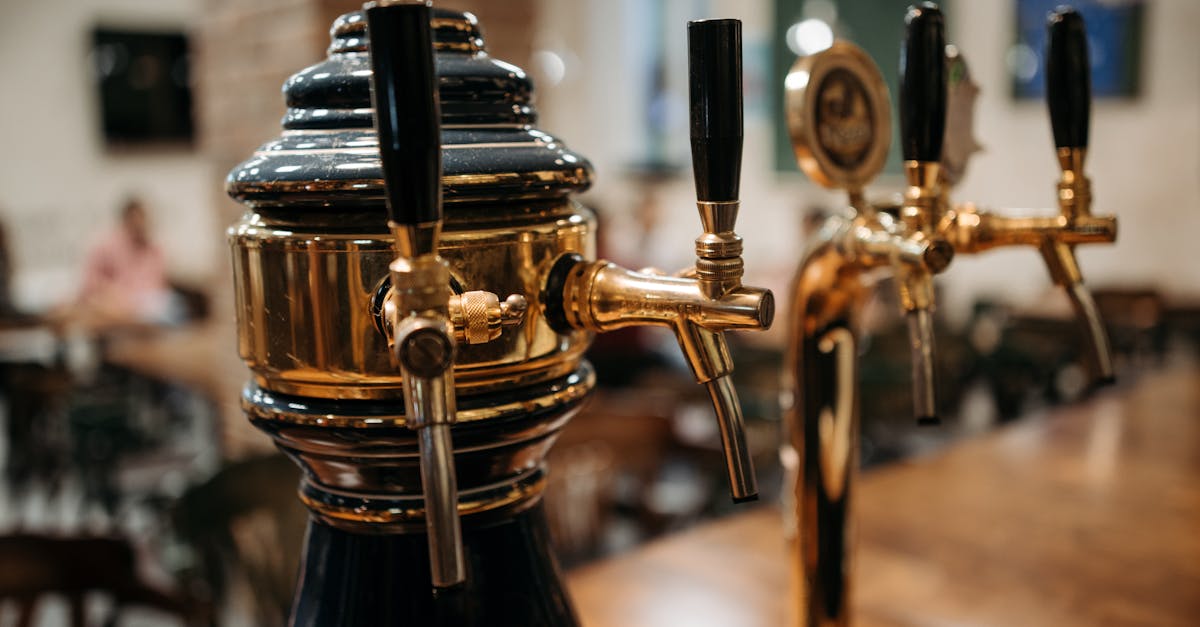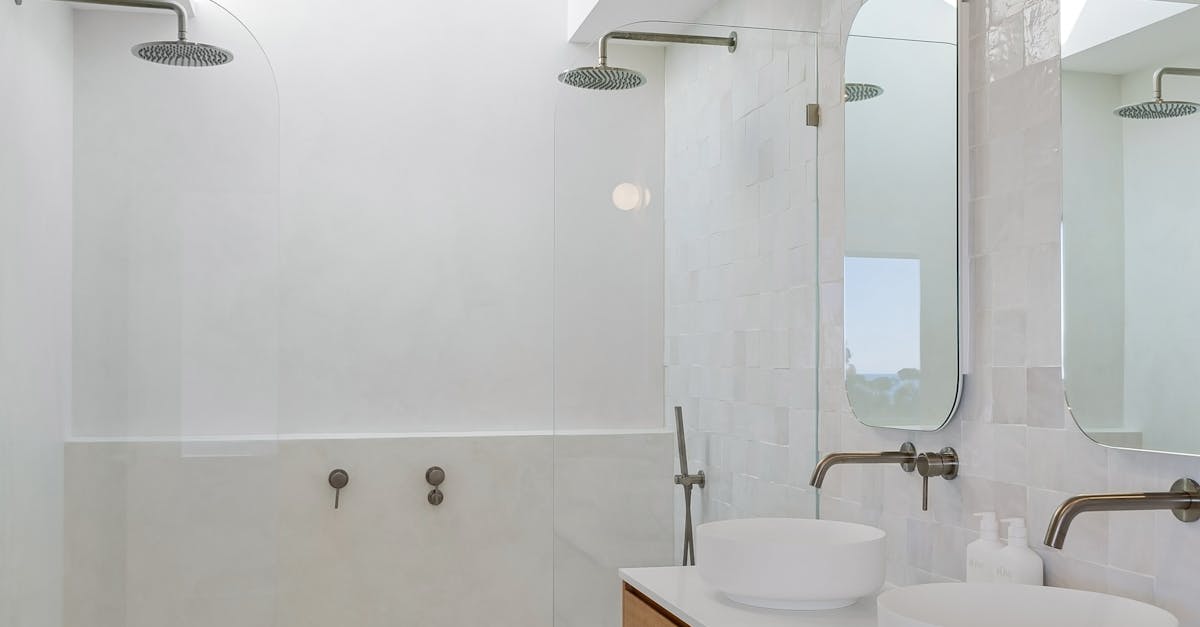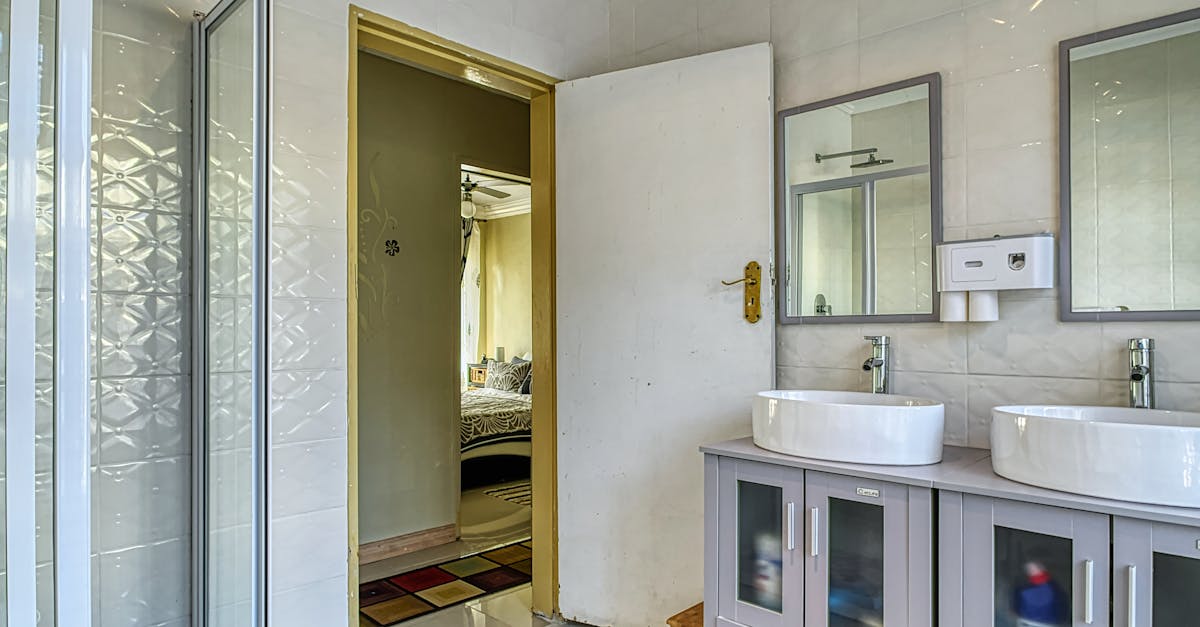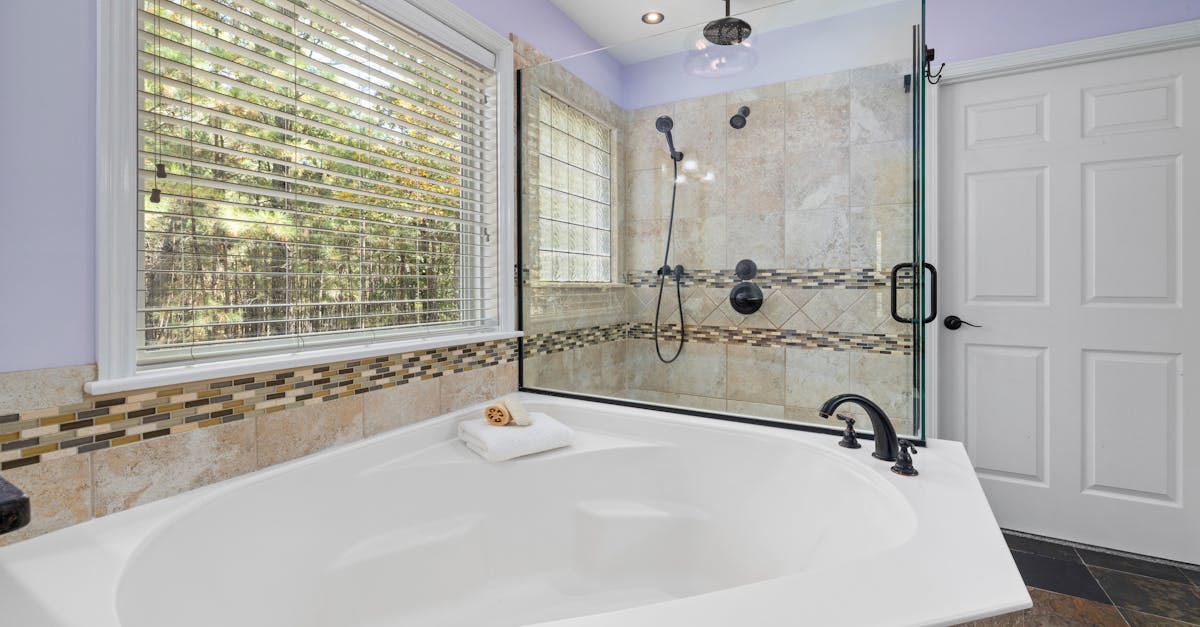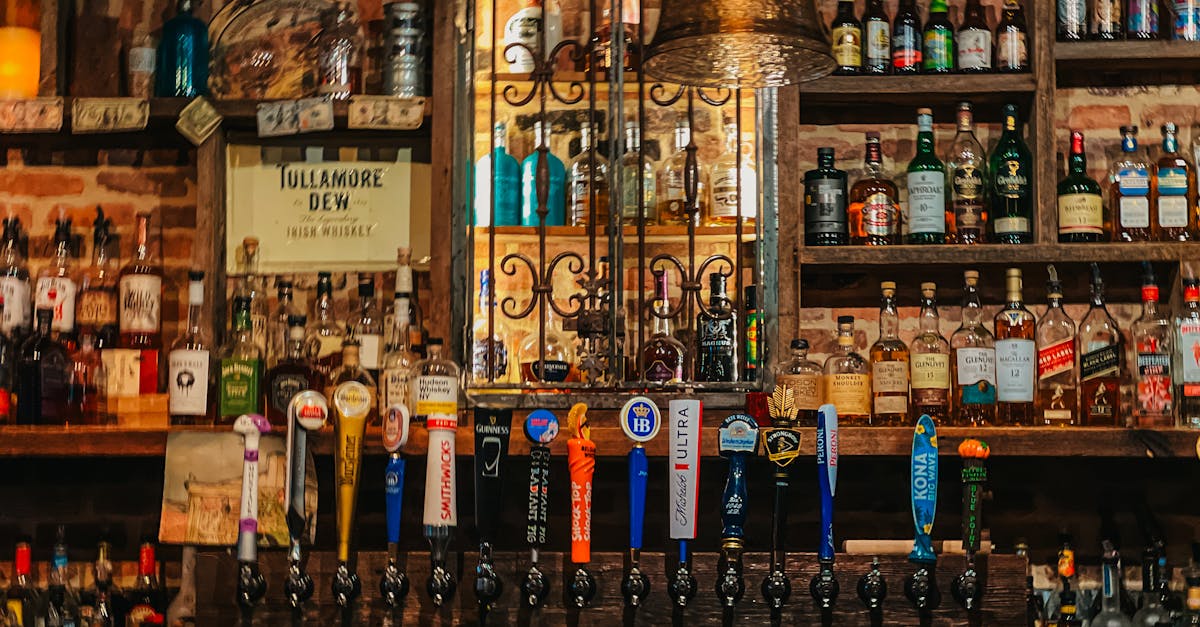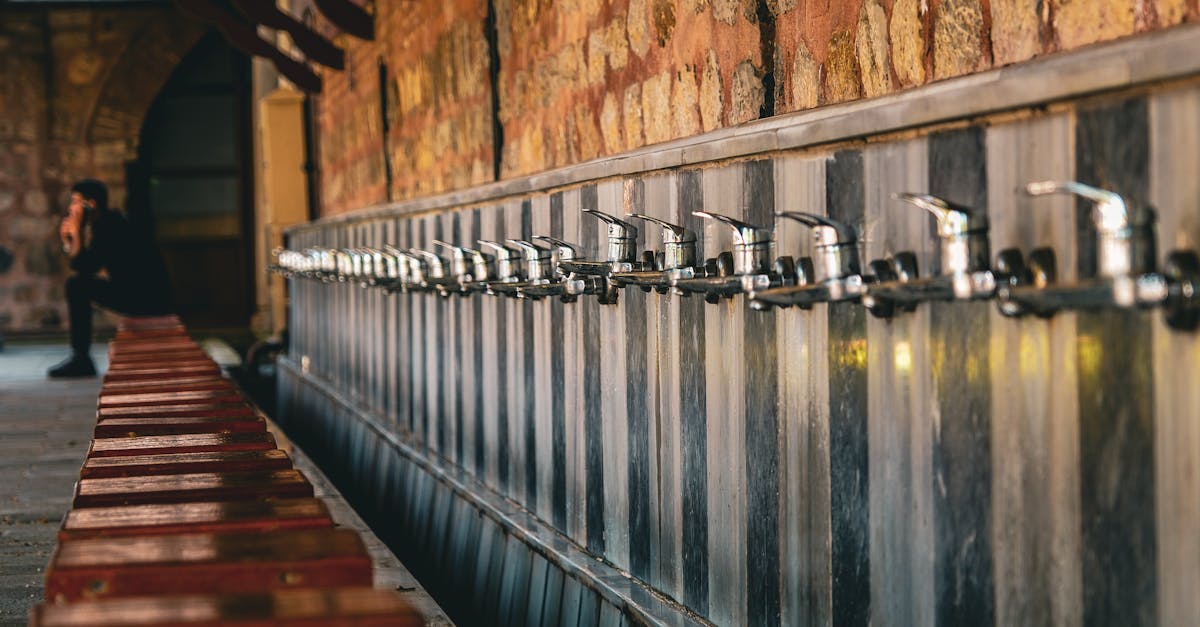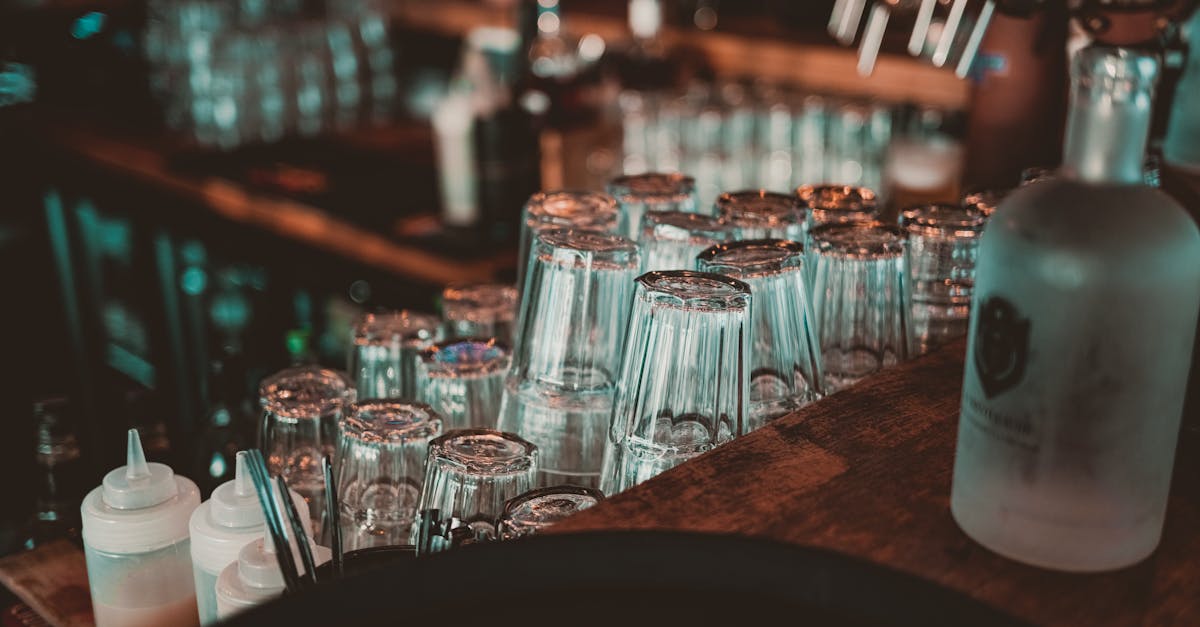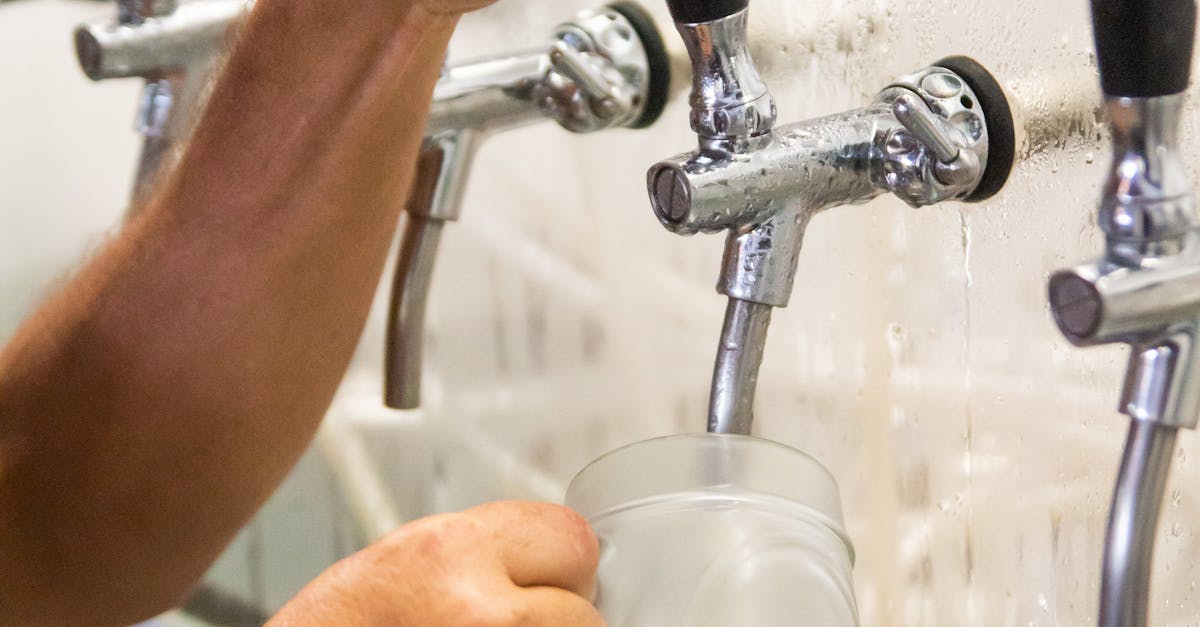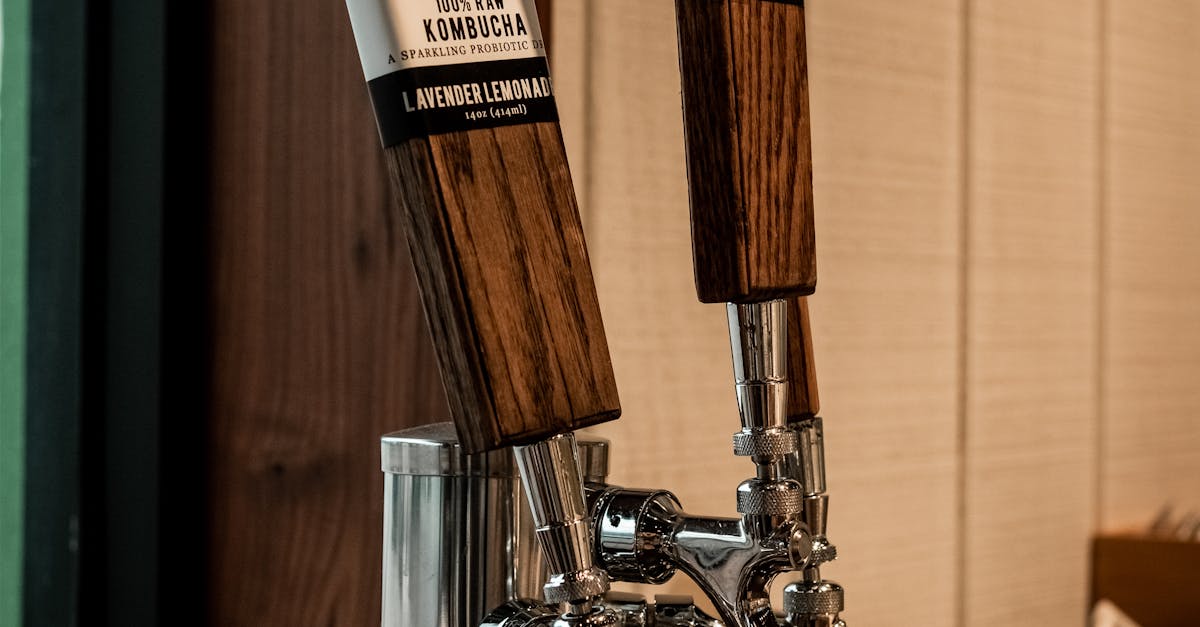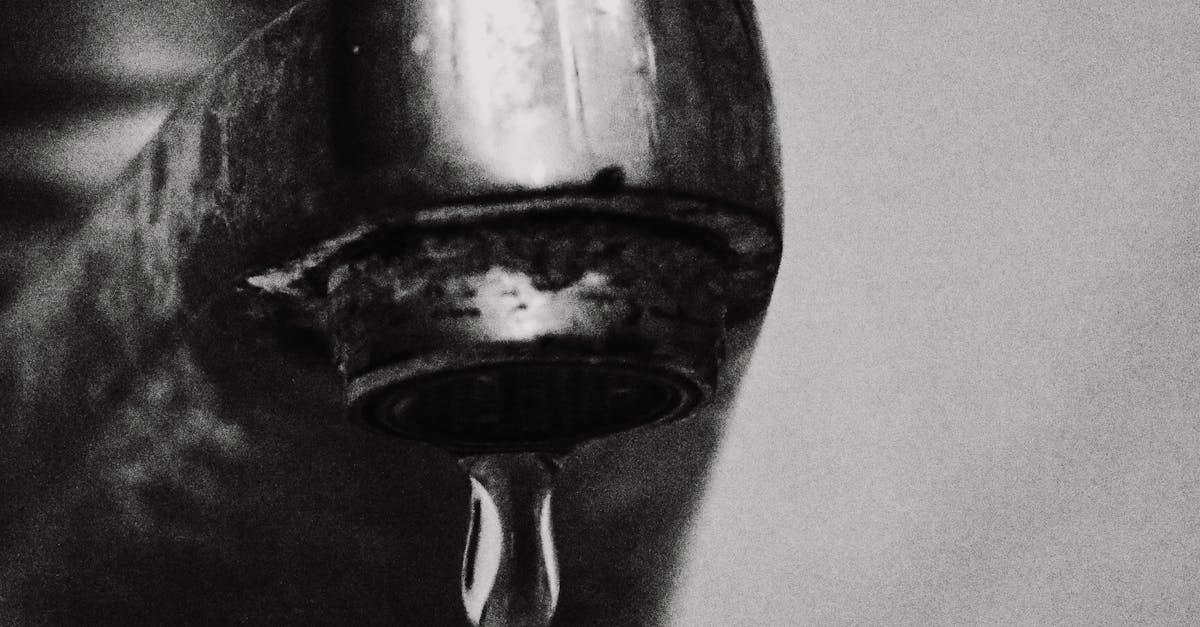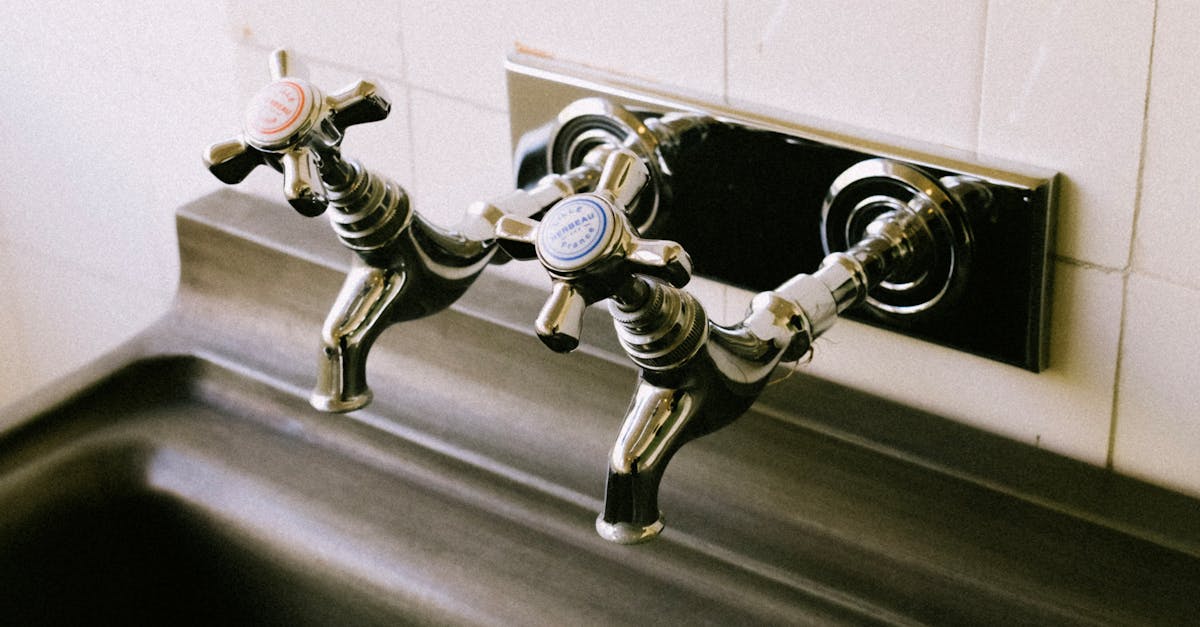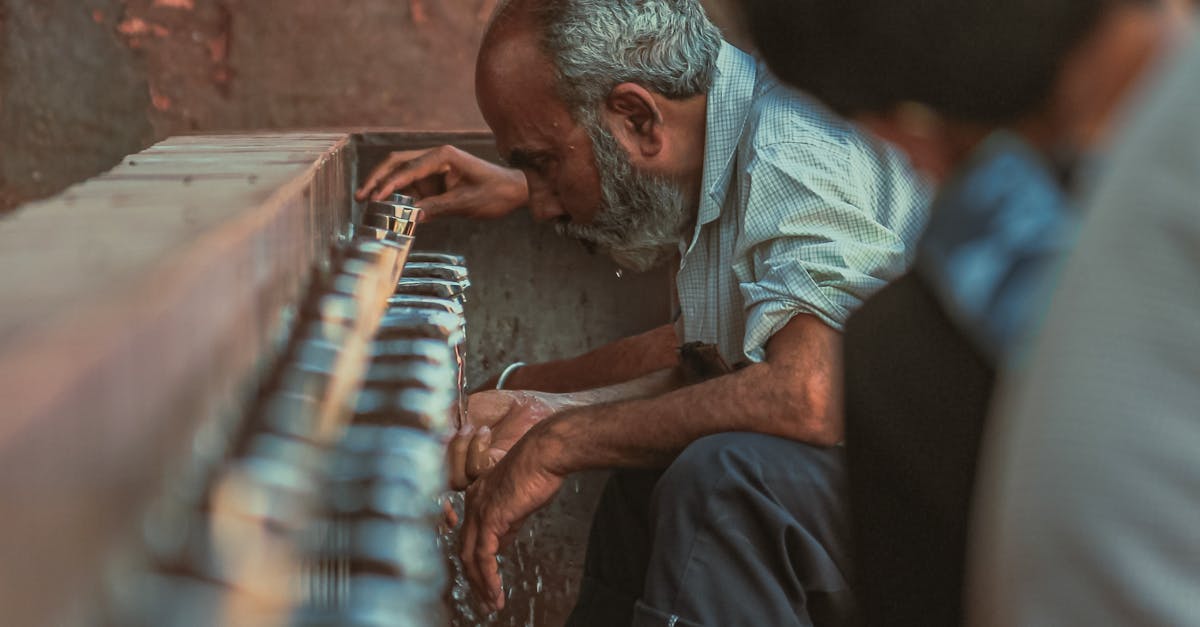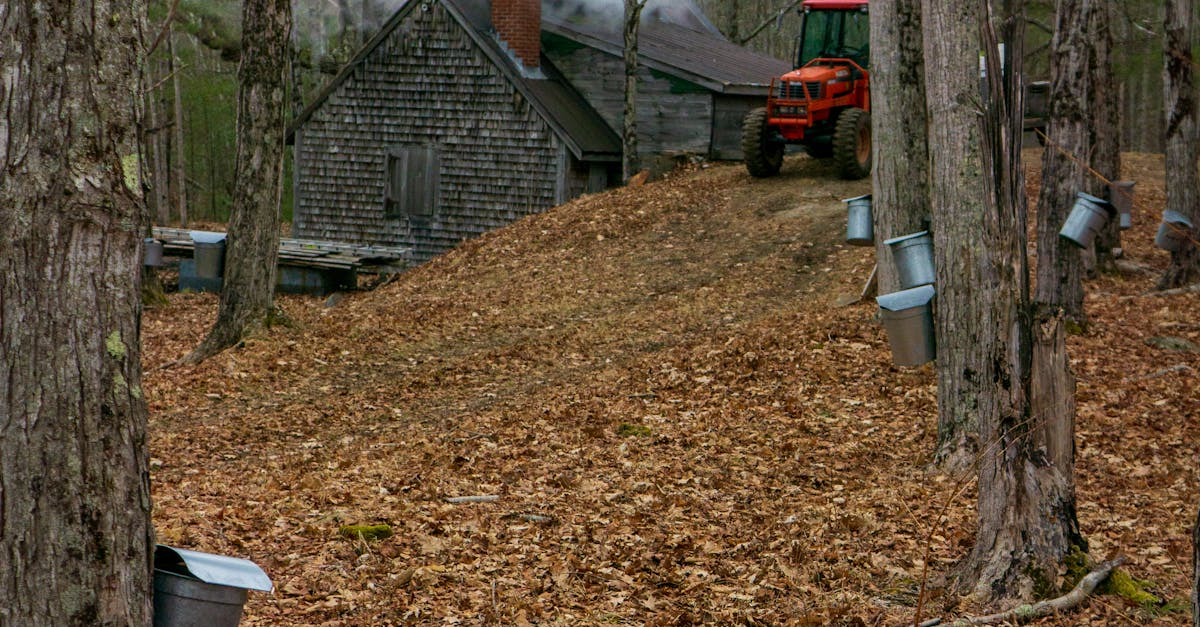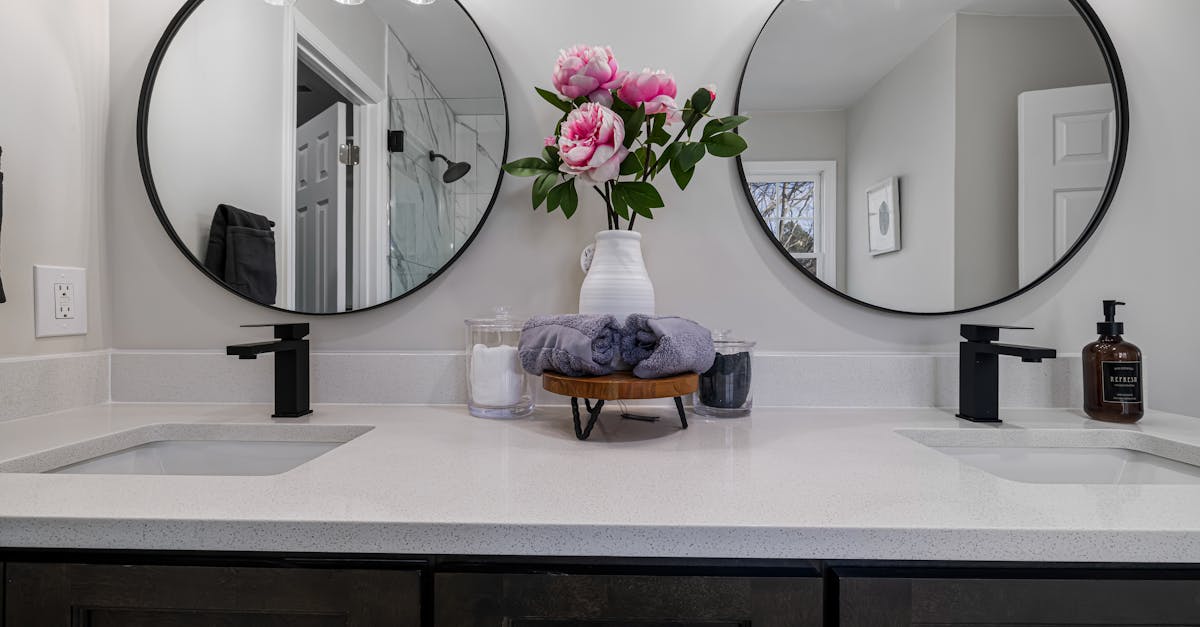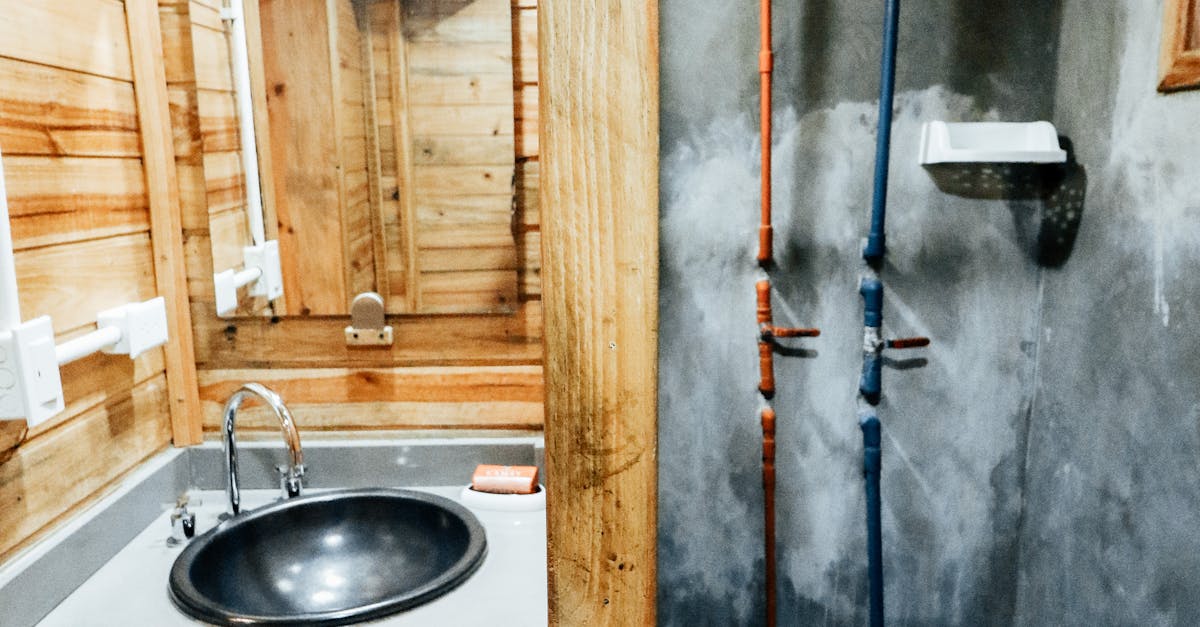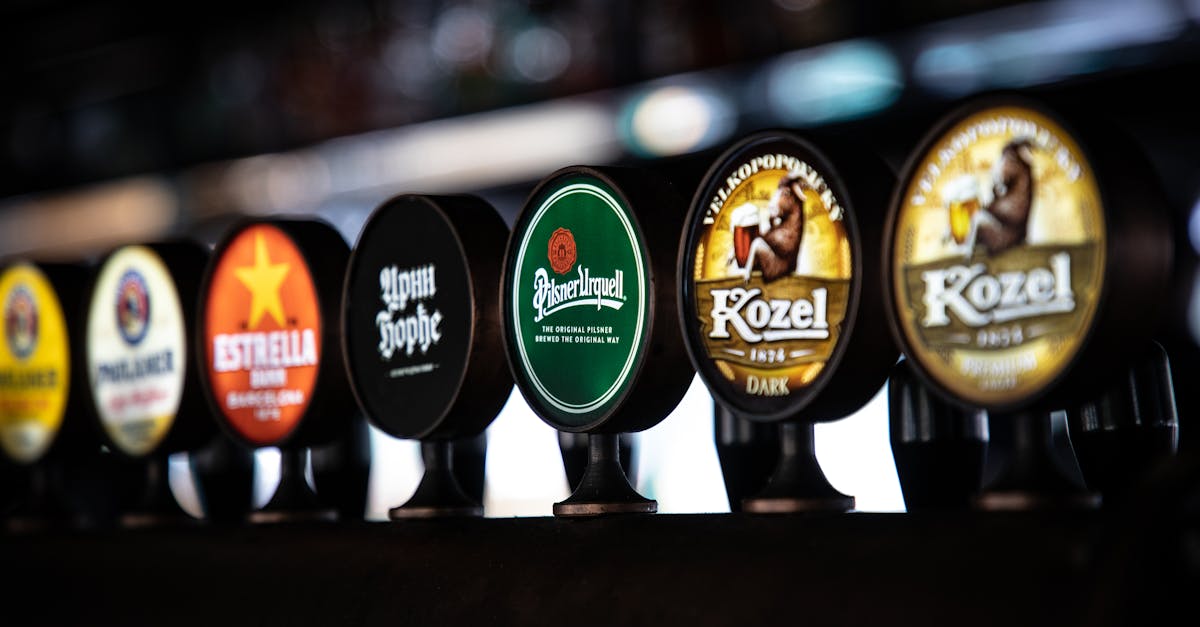
Table Of Contents
Common Causes of Tap Dripping
Leaking taps often result from several common issues that can be easily identified. One major cause is worn-out washers and seals. Over time, these components can deteriorate due to constant use and pressure, leading to water seeping through the tap mechanism. Corrosion accumulated in the tap's internal parts can also contribute to leaks.
Another frequent cause of dripping taps is loose fittings. Regular movement can cause connection points to become unsealed, allowing water to escape. In some instances, changes in water pressure can exacerbate these drips. Understanding these underlying causes can assist in preventing further water waste and potential plumbing issues.
Worn Washers and Seals
Worn washers and seals often serve as the primary culprits in the case of leaking taps. Over time, constant water pressure and exposure to varying temperatures can deteriorate these components. As they wear down, they lose their ability to form a proper seal, leading to water dripping from the tap. This not only creates an annoying sound but can contribute to water wastage over time.
Replacing these worn parts generally requires a simple inspection of the tap. If a leak is identified, turning the water supply off and disassembling the tap can allow for a closer look at washers and seals. If they appear cracked or misshapen, it is advisable to replace them with new ones that match the specifications of the original fittings. This straightforward task can effectively restore proper function and eliminate the persistent dripping.
DIY Solutions for a Dripping Tap
Fixing a dripping tap can often be a simple DIY project that anyone with basic tools can tackle. First, make sure to turn off the water supply to the tap. Once the water is turned off, you can dismantle the tap using a wrench to remove the handle and expose the internal components. Examine the washers and seals closely. If they appear worn or damaged, replacing them usually stops leaking taps. Ensure you take the old parts to the hardware store for an accurate match.
After replacing the washers, reassemble the tap and turn the water supply back on gradually. Check for leaks as you increase the water flow. If the dripping persists, it could indicate a more complex issue beyond the washer that may require further assessment or the assistance of a plumber. Often, leaking taps can be easily fixed, yet it is beneficial to know when professional help is necessary to avoid prolonged water wastage and potential damage.
StepbyStep Repair Guide
Repairing a dripping tap can be straightforward, especially if you have some basic tools handy. Start by turning off the water supply to the tap. Use a wrench to carefully remove the tap handle, exposing the inner components. Depending on the tap type, you may need to unscrew a retaining nut, allowing you to access the washer or cartridge. Inspect these parts for damage or wear, as this is often the reason behind leaking taps.
Once you've identified the problem, replace any worn washers or seals with new ones that fit properly. Reassemble the tap in the reverse order of disassembly while ensuring all connections are tight but not overly forced. After you've put everything back together, turn on the water supply and check for leaks. If the tap continues to drip, there may be other underlying issues that require a professional plumber to resolve effectively.
When to Call a Professional Plumber
Sometimes, the issue with a dripping tap can extend beyond simple wear and tear. If the dripping continues despite replacing the washers and seals, or if the tap begins to make unusual noises, it’s wise to consult a professional plumber. They can identify underlying problems, such as issues with the water pressure or valve integrity that may not be immediately apparent.
Leaking taps can also lead to further complications if not addressed promptly. Water damage can occur over time, affecting cabinetry or structural components. Engaging a qualified plumber can help prevent these issues and ensure that the repair is done correctly, saving you from potential headaches down the line.
Recognising Complex Issues
Recognising complex issues often requires understanding the underlying causes that might not be immediately visible. Leaking taps can sometimes indicate more significant plumbing problems, such as pipe damage or issues with high water pressure. These situations can lead to further complications if not resolved promptly, making it essential to assess the overall plumbing system rather than just the tap itself.
In some cases, leaks may arise from hidden areas within the plumbing system, potentially leading to water damage inside walls or under floors. If you notice that a dripping tap is accompanied by other signs, such as damp spots or water pooling, it may signal a deeper issue that needs professional attention. Identifying these complex factors early can save homeowners from costly repairs down the line.
FAQS
Is it OK to leave a dripping tap overnight?
While it may be tempting to ignore a dripping tap for a short period, it’s generally not advisable to leave it overnight. A dripping tap can waste water and potentially lead to more significant plumbing issues if not addressed promptly.
What are the main causes of a tap dripping?
Common causes of a dripping tap include worn washers and seals, improper installation, or corrosion within the tap. Over time, these components can wear down and fail to create a proper seal, leading to leaks.
Can I fix a dripping tap myself?
Yes, many homeowners can fix a dripping tap with some basic tools and a little DIY knowledge. Follow a step-by-step repair guide to identify the problem and replace worn-out components like washers or seals.
When should I call a professional plumber for a dripping tap?
If you’ve attempted DIY repairs and the tap continues to drip, or if you suspect a more complex issue such as pipe corrosion or a faulty plumbing system, it’s best to call a professional plumber.
How much water can a dripping tap waste?
A dripping tap can waste a significant amount of water over time. On average, a single dripping tap can waste up to 20 litres a day, which can add to your water bills and impact the environment.
